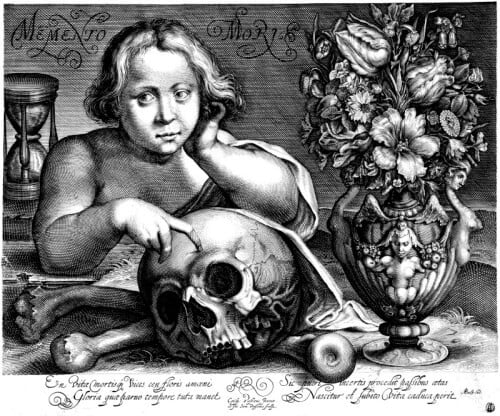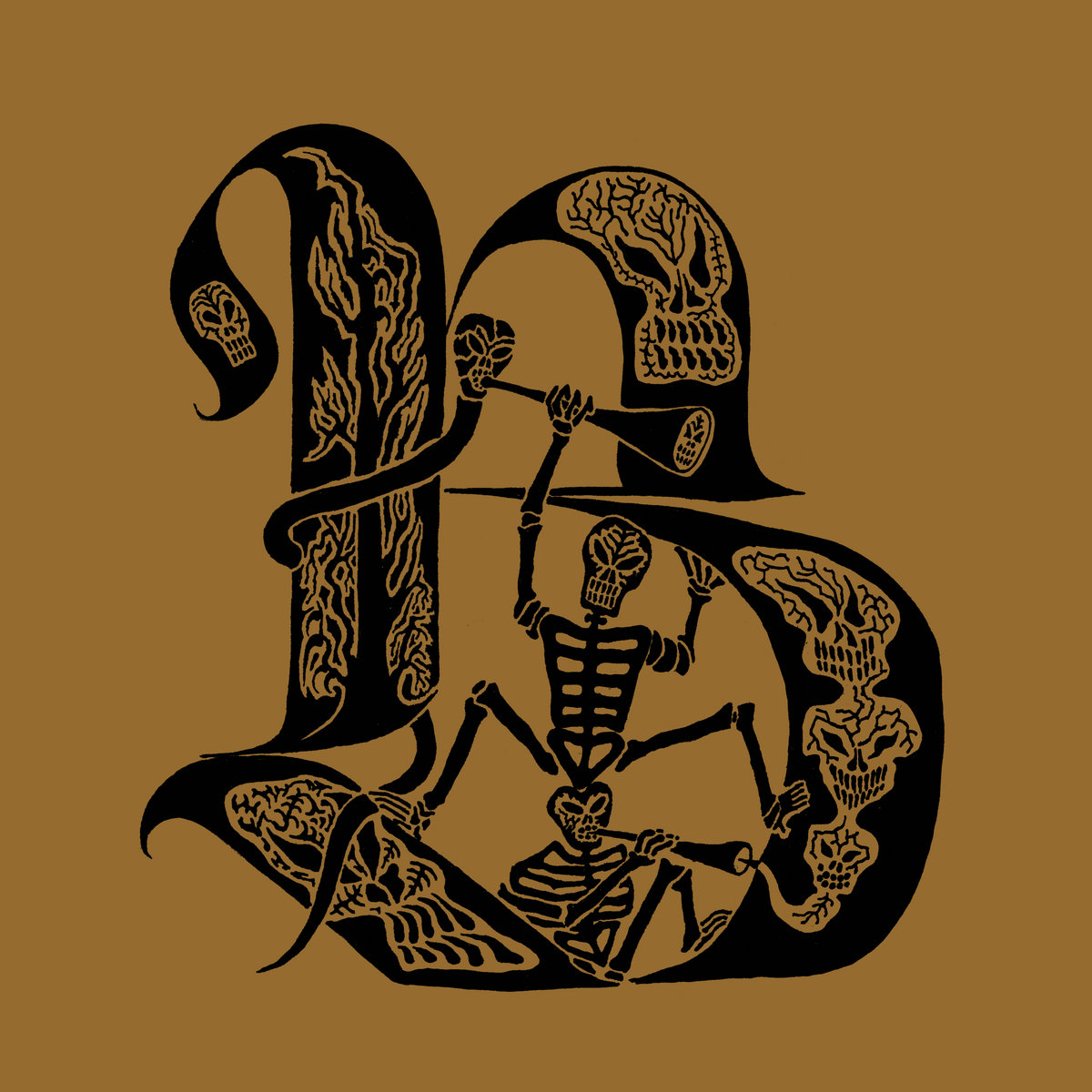By Elisabeth Davies
“Ars moriendi ars vivendi est: the art of dying is the art of living.”
― Robert Charles Wilson

Overview
Strong reactions towards death and dying is standard. The one unifying factor that remains for living beings is this experience of death. In examining the early modern period, there are very clearly ways and procedures to go about having “good” deaths, just as there are ways to have bad death experiences. The goal for people is to have the best deaths possible and the best afterlives by following the Christian guidelines of the middle English period. This goal effects the ways in which Christian and non-Christian authors would view and write about death, (Márkus 554). Throughout British literature, the examples of characters being brought to graphic endings in order to achieve different purposes is a common occurrence. In morality plays in particular, death serves as an abstraction in order to fully teach the desired lesson of the text. Death is inescapable, and by looking at how people from the early modern period view the experience of death through the lens of the Ars Moriendi, a better understanding of the journey of death and the views towards the journey can be gained. The aspect of freewill also plays a relevant part in this journey.

What is it?
The Ars Moriendi, a set of early Christian texts, literally translates to “the art of dying,” (Márkus 555). Not only is it a set of texts, but it is also simply a way of thinking about life, death, and the afterlife. The long version of the text contains six chapters regarding everything from the need to be Christlike, the redemption of Christ’s love, and how death should not be feared but embraced. The long version also remains in around three hundred early Christian manuscripts. The short version includes wood carved blocks with condensed sections of the text from the original version, (“Ars Moriendi”). The artistic display of these guidelines is an important aesthetic aspect. These texts brought a greater attention to the idea of a good death and inspired many more writings devoted to the topic. While the goal of writing them was to educate priests and laypeople, the Ars Moriendi were some of the first manuals to help the everyday dying people know what to expect, and the ideas shared lasted into the eighteenth century, (“Ars Moriendi”). The lasting powers can be found through other texts of the time.
Copies of the Ars moriendi were incredibly popular, and many printed editions were distributed throughout Europe after the creation of the printing press. Before 1500, there were almost 100 editions available of the longer version. Copies of the manuscripts were present in France, Germany, Italy, Spain, The Netherlands, and England, (“Ars Moriendi: Catholic Church”). That would be like topping the New York Times best sellers.
The Ars Moriendi was essentially used to bring Christian families comfort in not only the act of dying, but also in the act of living without loved ones. The text was originally written because of the aftermath of the Black Death, (“Ars Moriendi”). It effected early Christian families, but also had a great impact on Roman Catholic writers, Protestant reformers and Renaissance humanists. These groups tweaked the Ars moriendi to what they specifically needed for their religious backgrounds. There was one large similarity between all of these groups, however. They used the idea of the “art of dying” to examine the “art of living.” This idea related to a greater awareness and preparation for death, in life.

How does it apply?
Morality in the texts of everything from Paradise Lost, to Everyman and Doctor Faustus is an important driving factor of the stories. The same morality and issues of freewill that surround a death journey. A struggle between temptation and awaiting a good death is present in each of these readings. More importantly also in the authors of these texts, based on their communities and surroundings. According to the Ars Moriendi, the outcome of a death journey is based on an element of freewill. The freewill aspect is what determines how a death will ultimately go.
A Checklist for You
If you are curious about your own death journey, then here is a list of things to keep in mind from all six chapters of the Ars Moriendi:
1)Death is not a bad thing
2)You will be tempted by a lack of faith, despair, impatience, jealousy, and self-satisfaction during your death
3)The final question to ask yourself is: How does it all end?
4)Look to your current heroes and role models
5)Your friends and family have a duty to act a certain way around you in this time
6)And finally, prayer should be heavily relied upon
Works Cited
“Ars Moriendi: Catholic Church.” The Art of Dying Well, www.artofdyingwell.org/about-this-site/ars-moriendi/.
“Ars Moriendi.” New World Encyclopedia, www.newworldencyclopedia.org/entry/Ars_moriendi.
“Ars Moriendi.” Religion Past and Present, doi:10.1163/1877-5888_rpp_com_01113.
https://images.app.goo.gl/xmpB5mbmRqPK34Xz5
Márkus, Gilbert. “Ars Moriendi.” New Blackfriars, vol. 77, no. 910, English Dominicans, 1996, pp. 553–61, doi:10.1111/j.1741-2005.1996.tb07569.x.